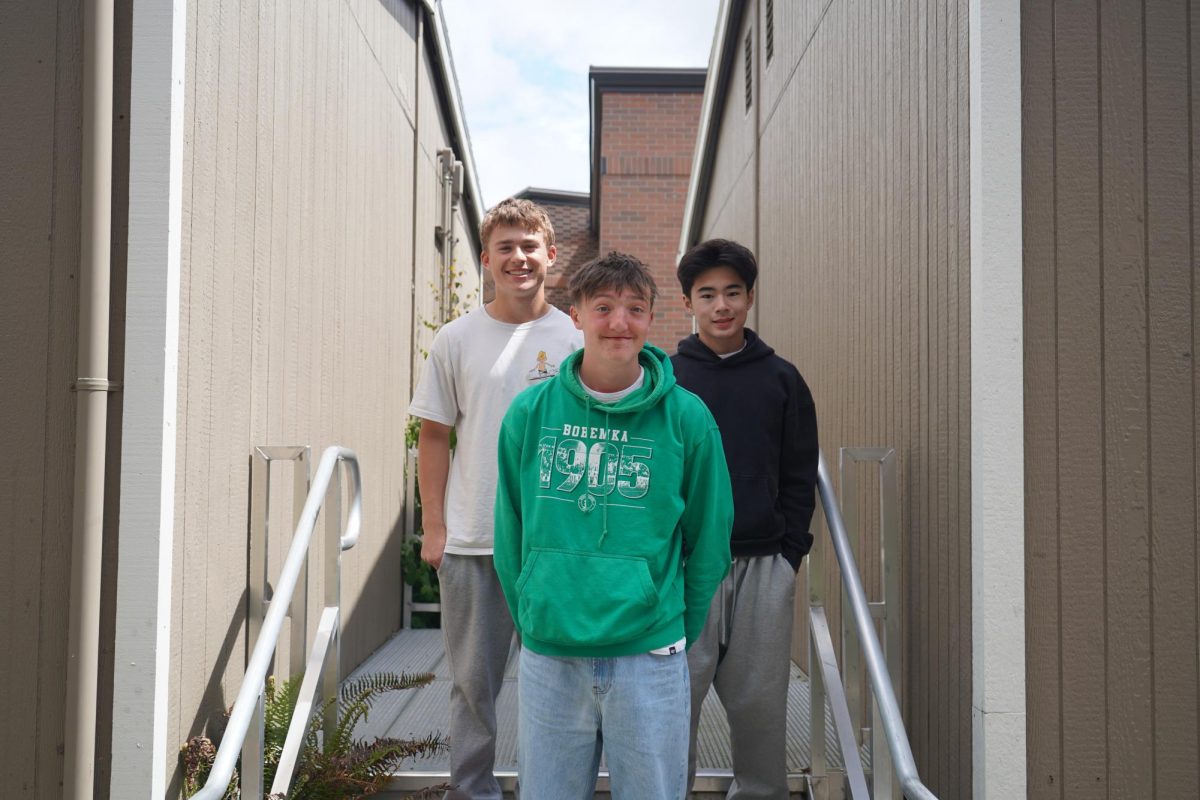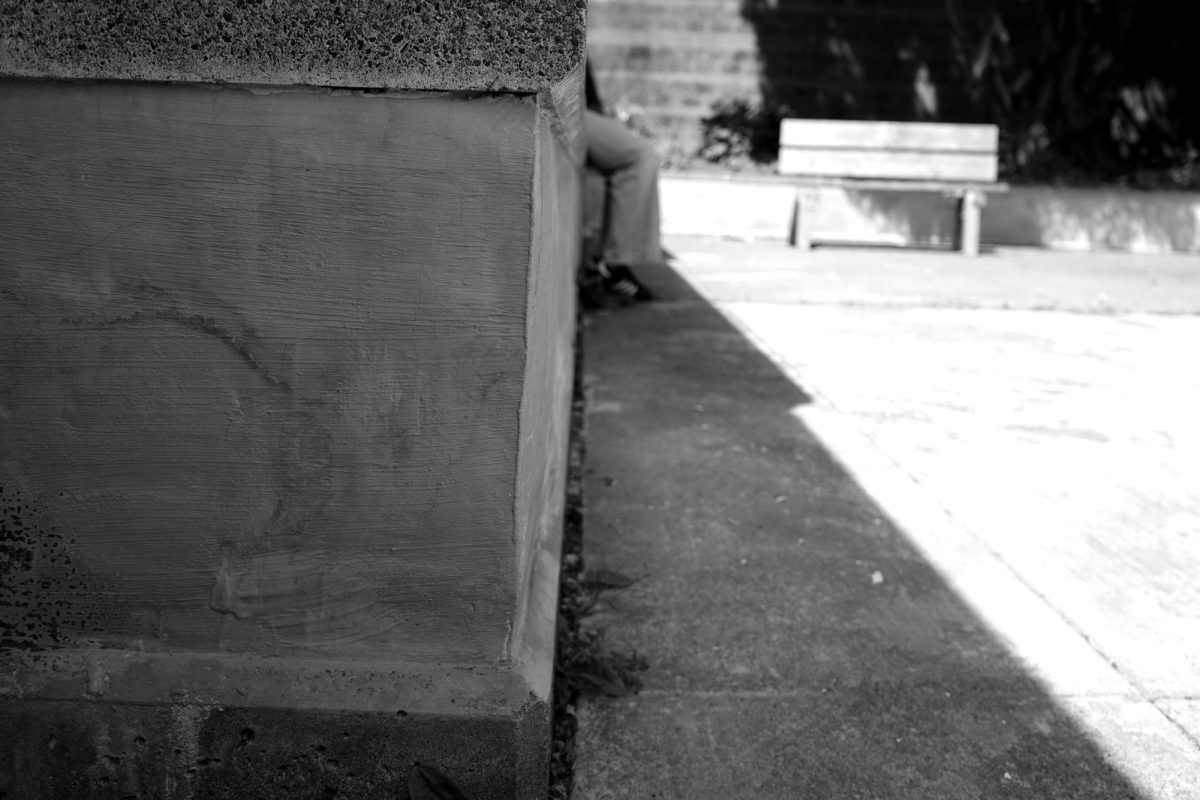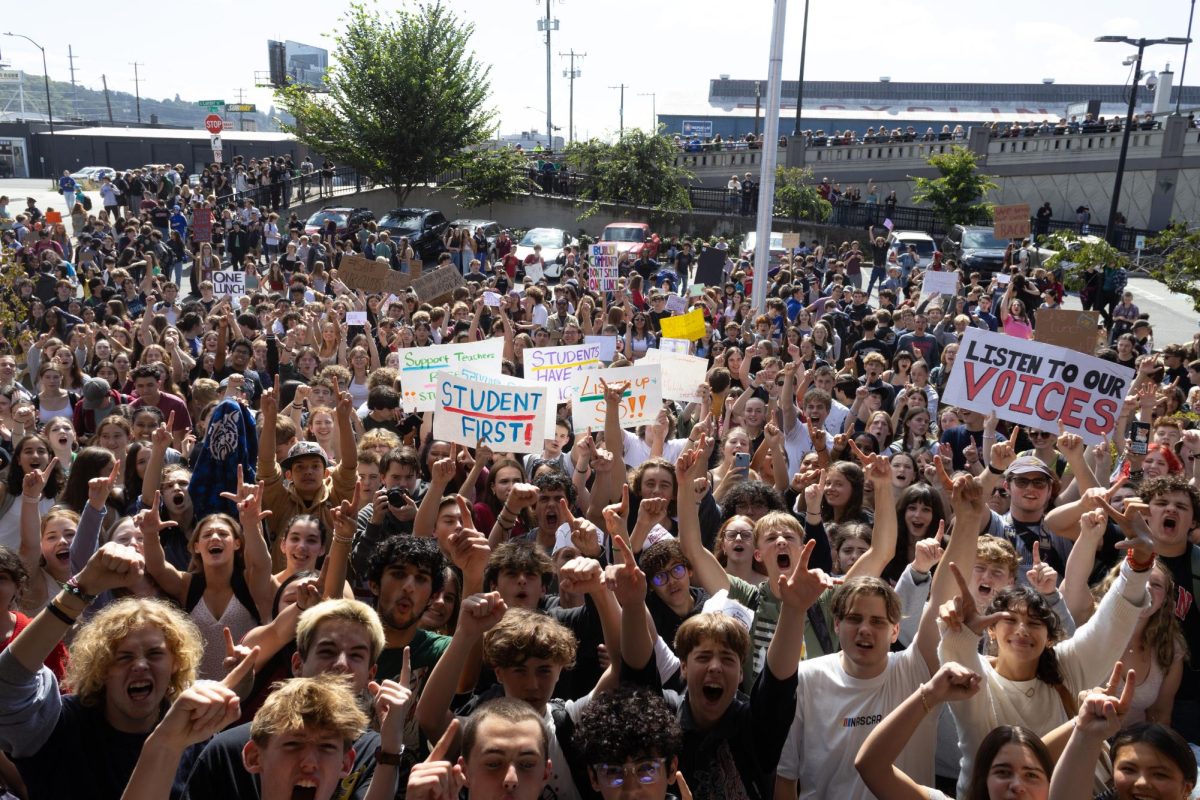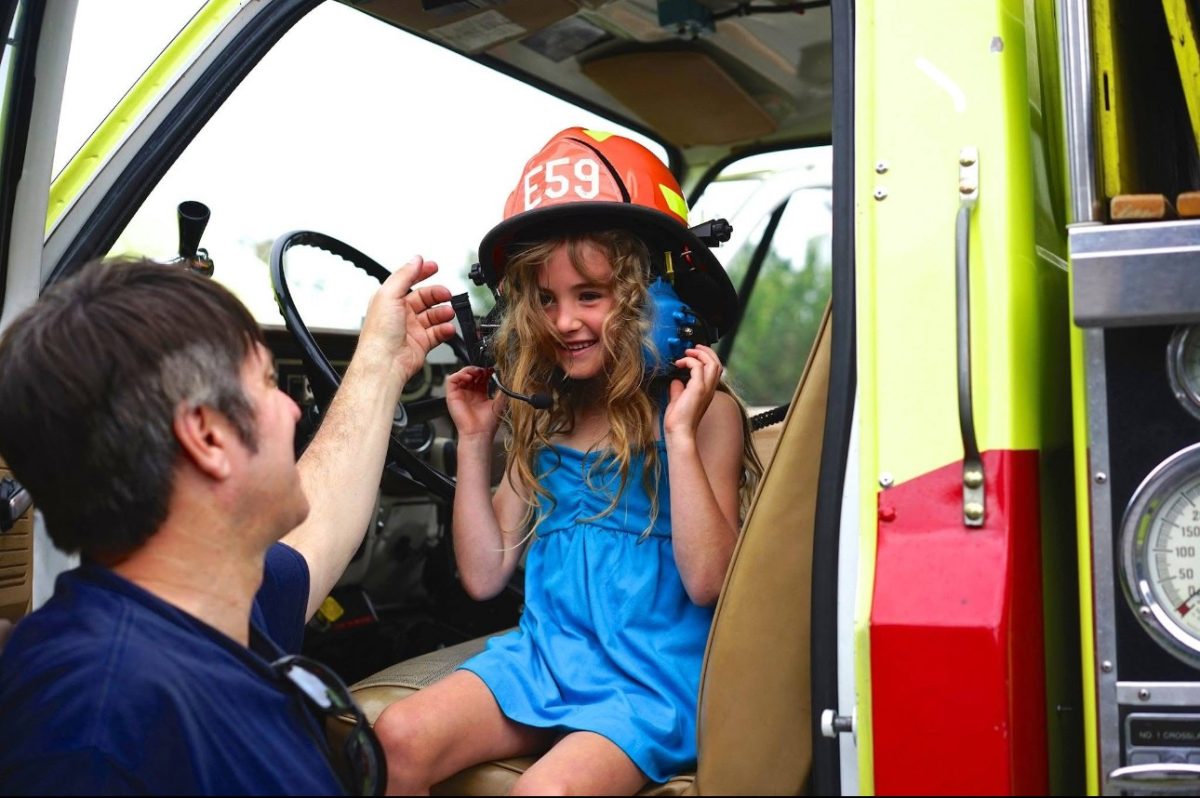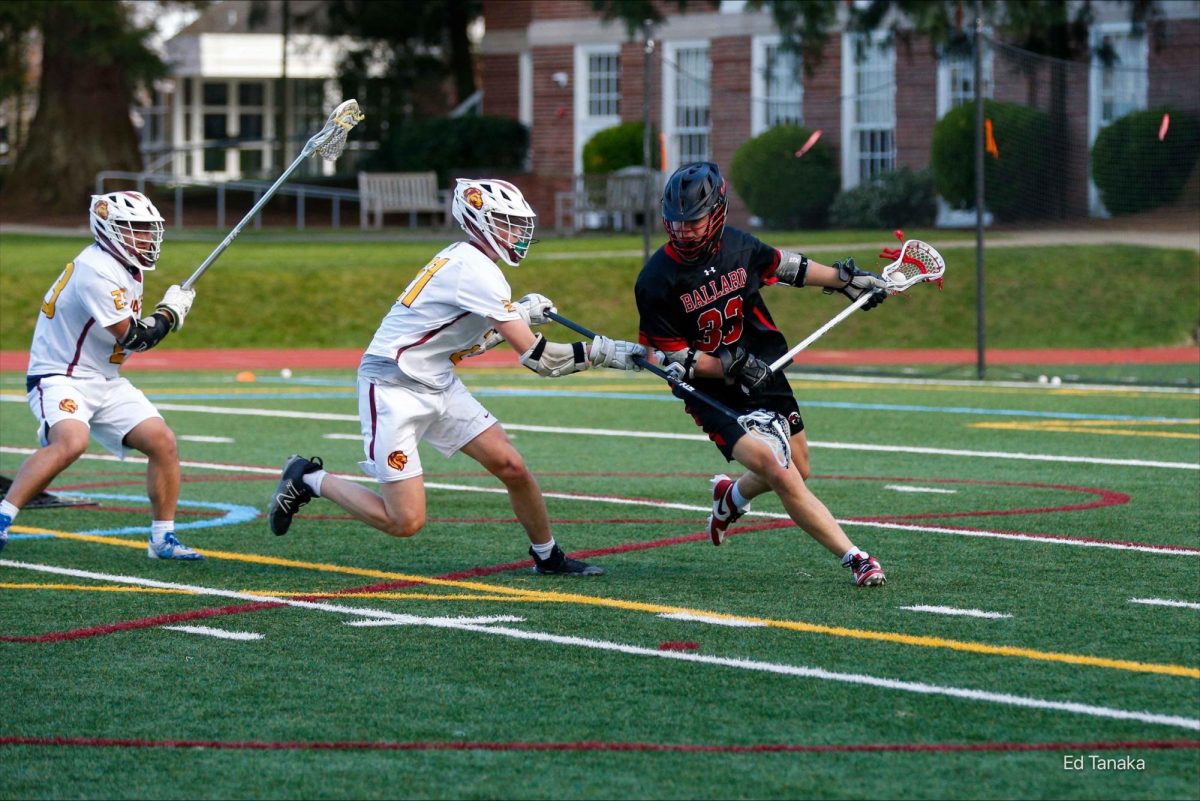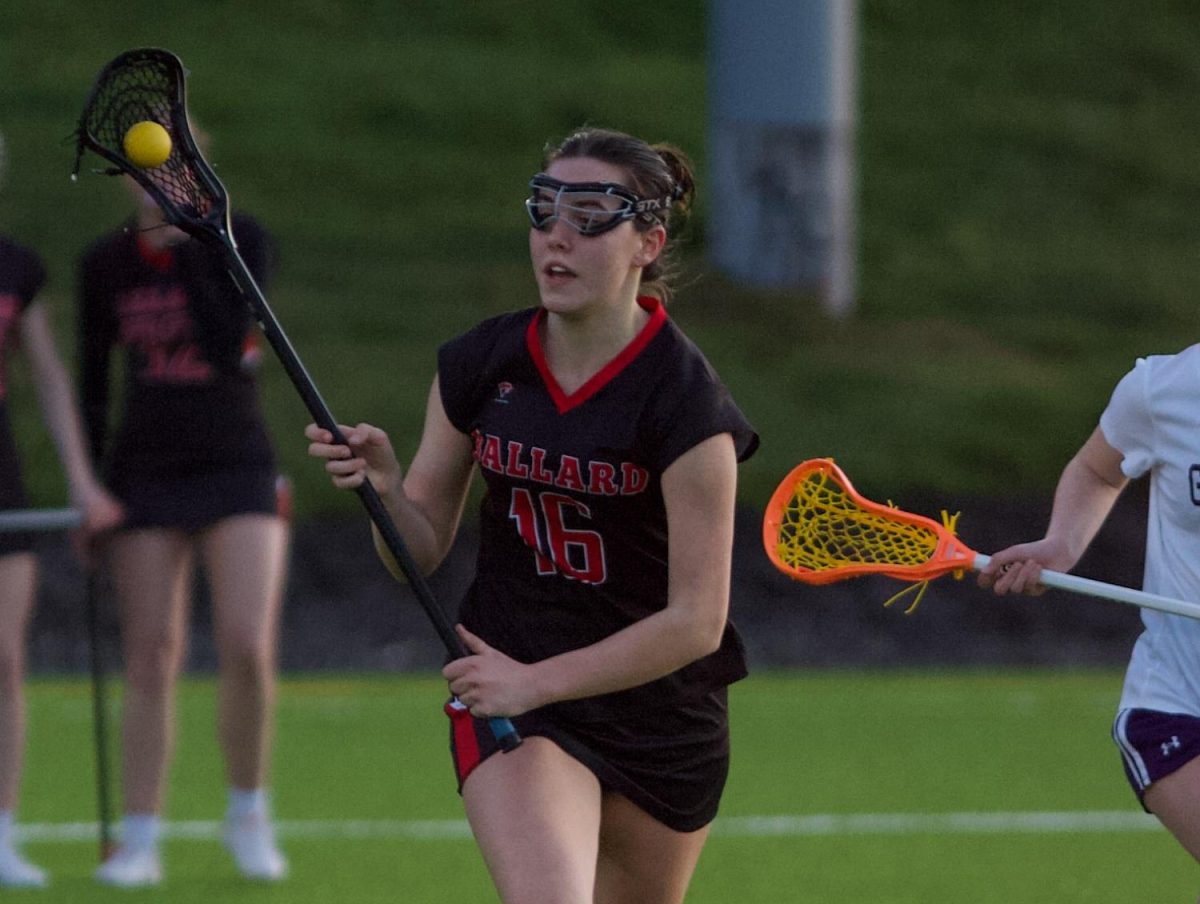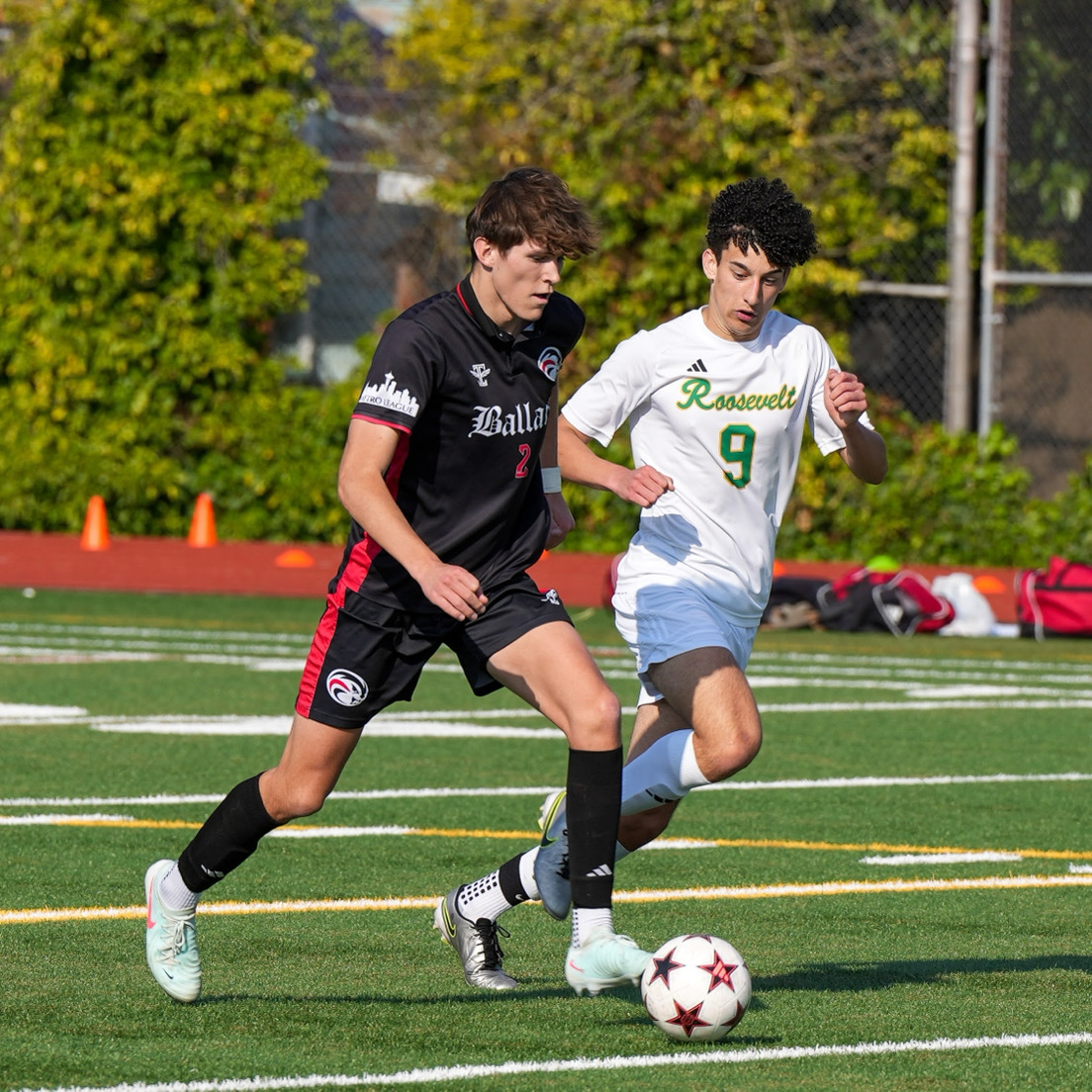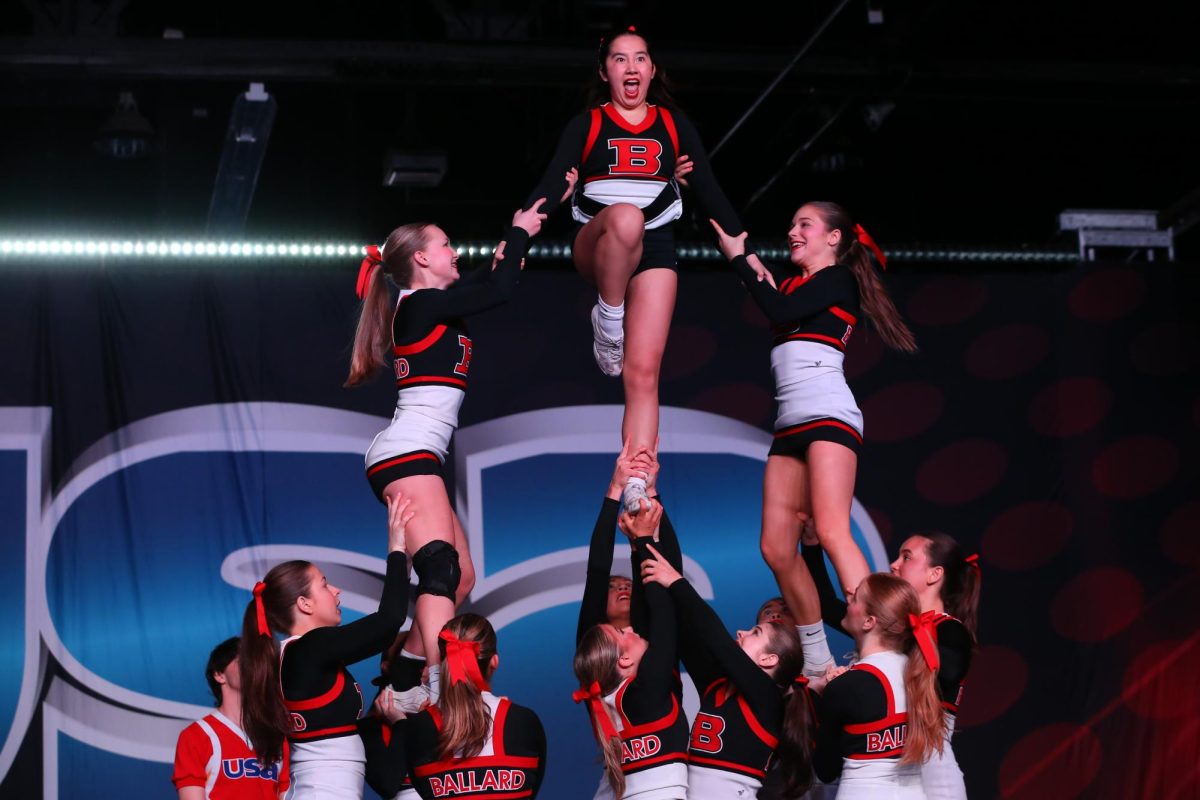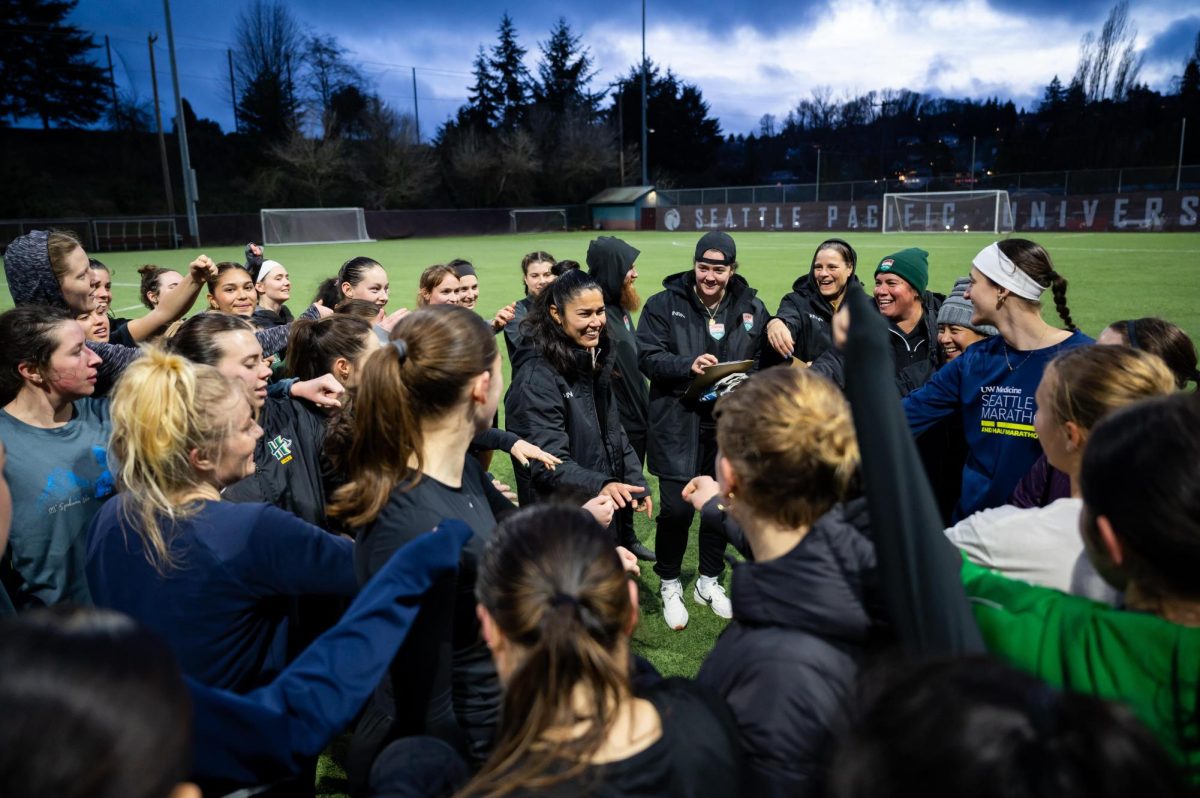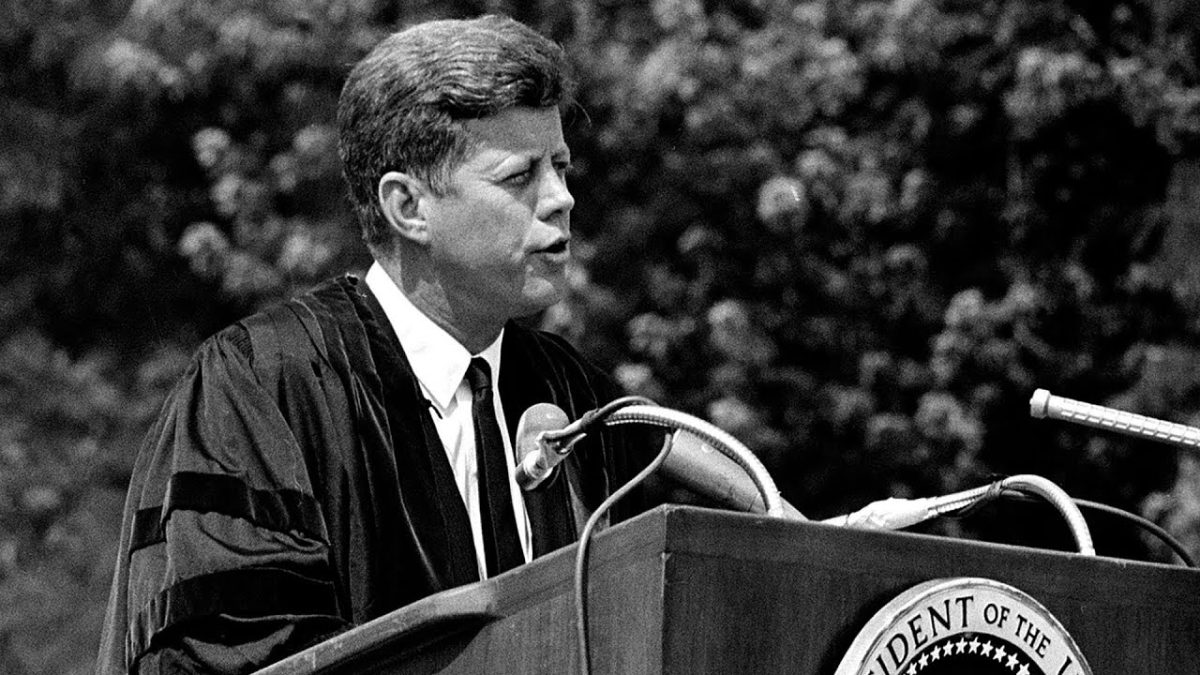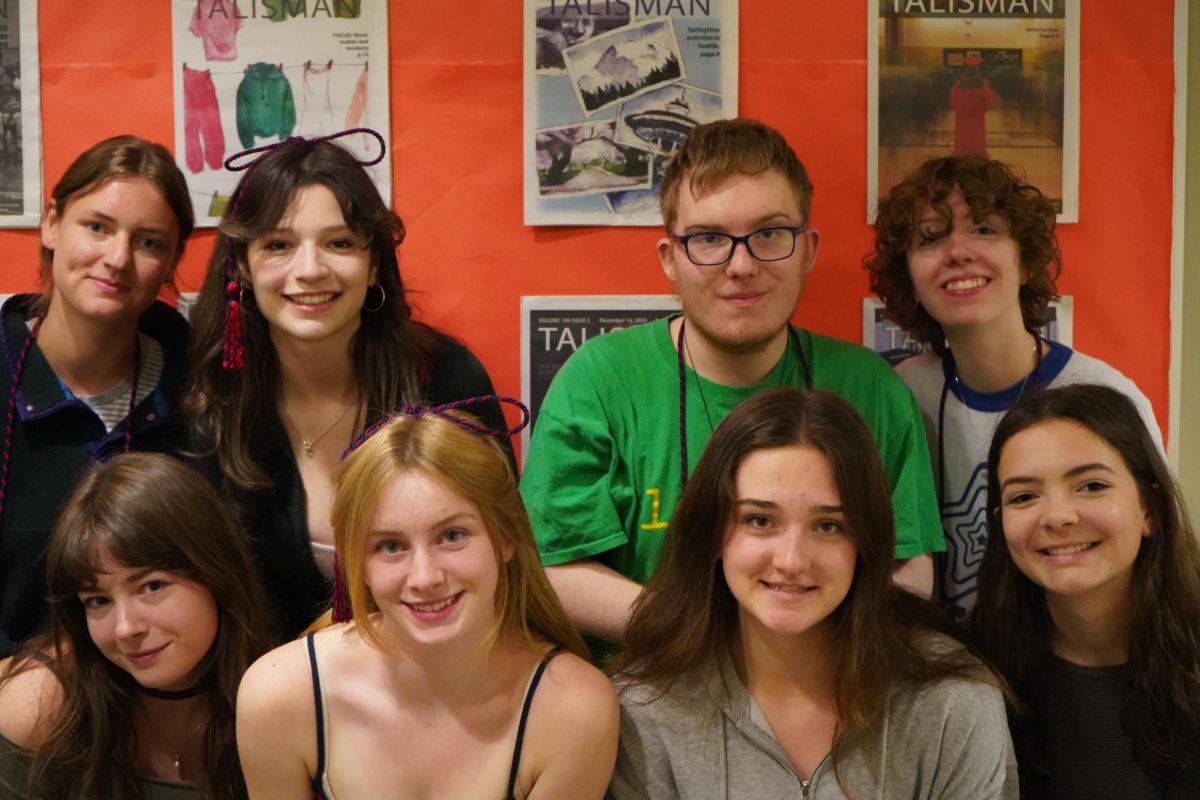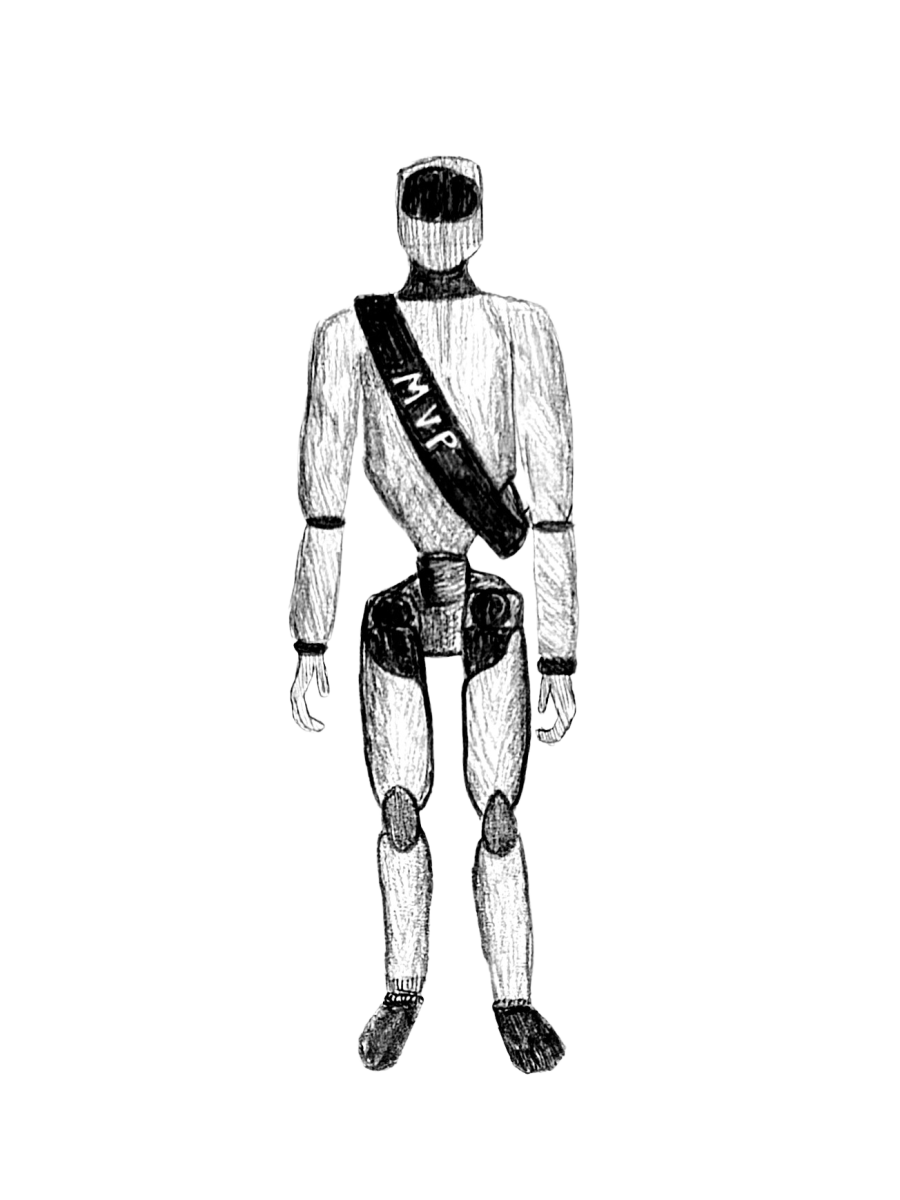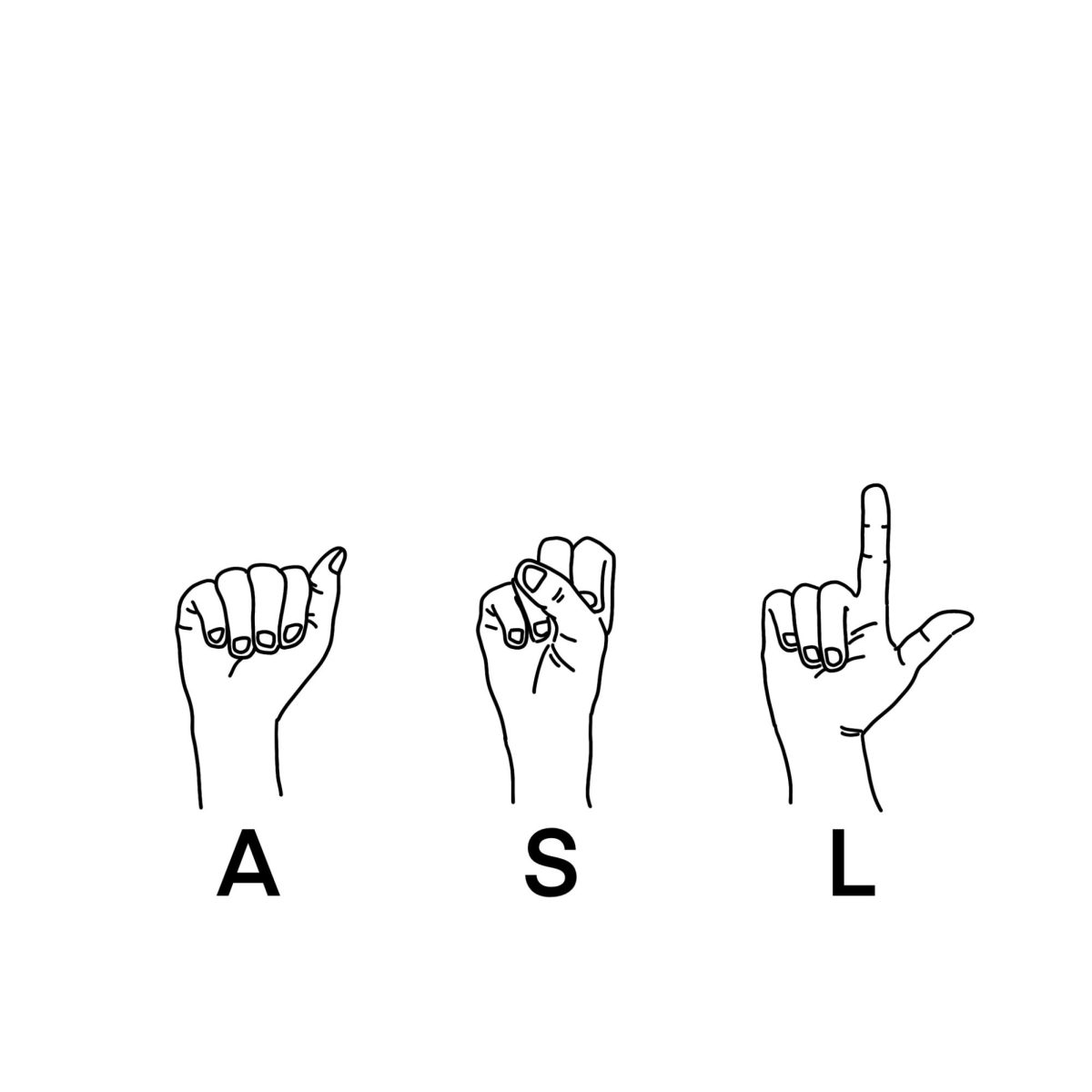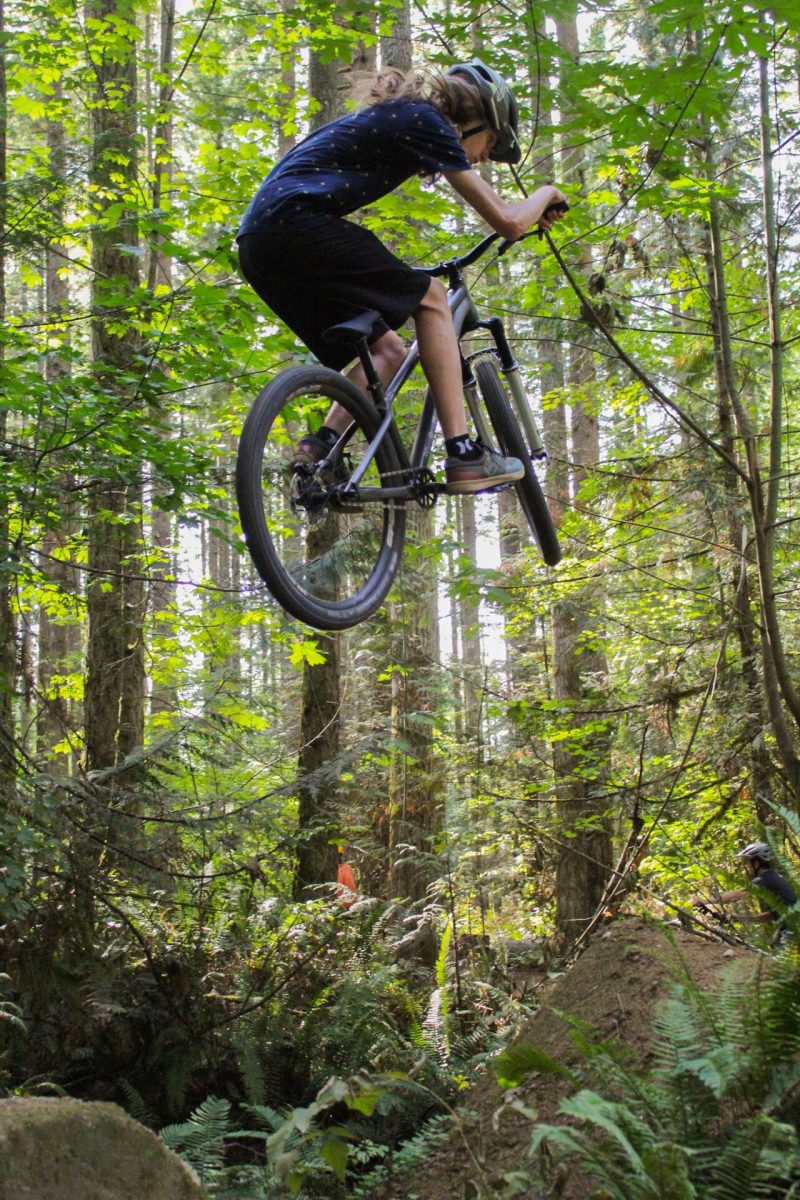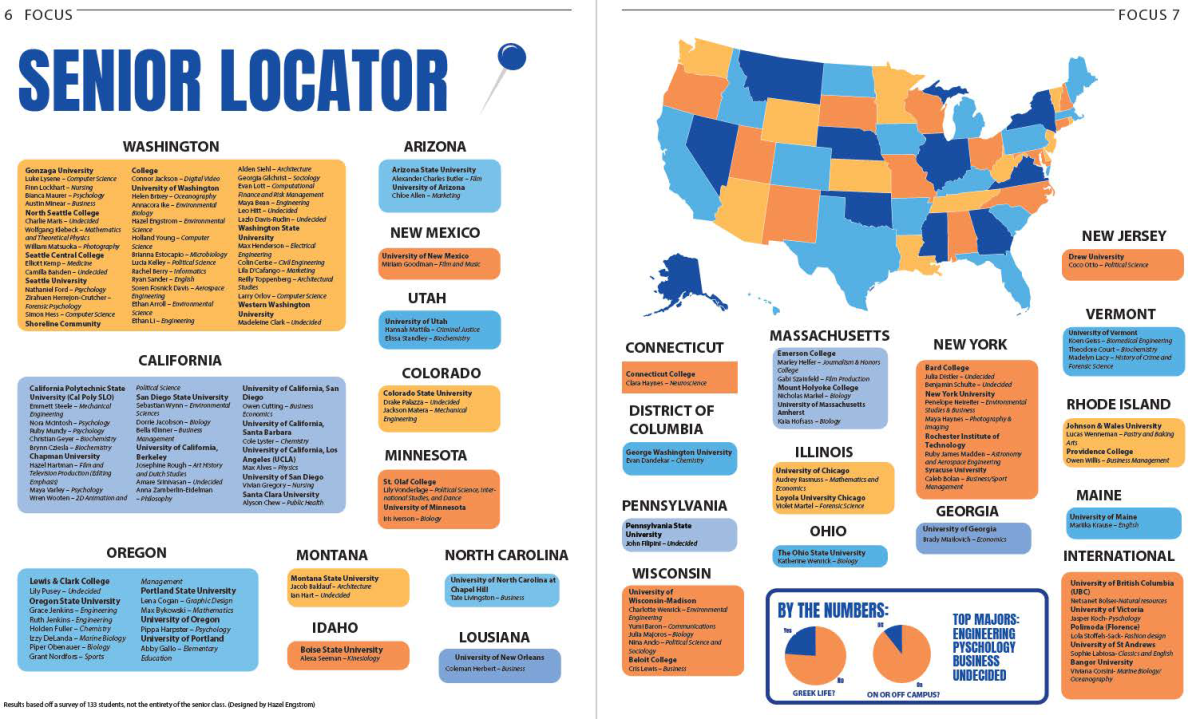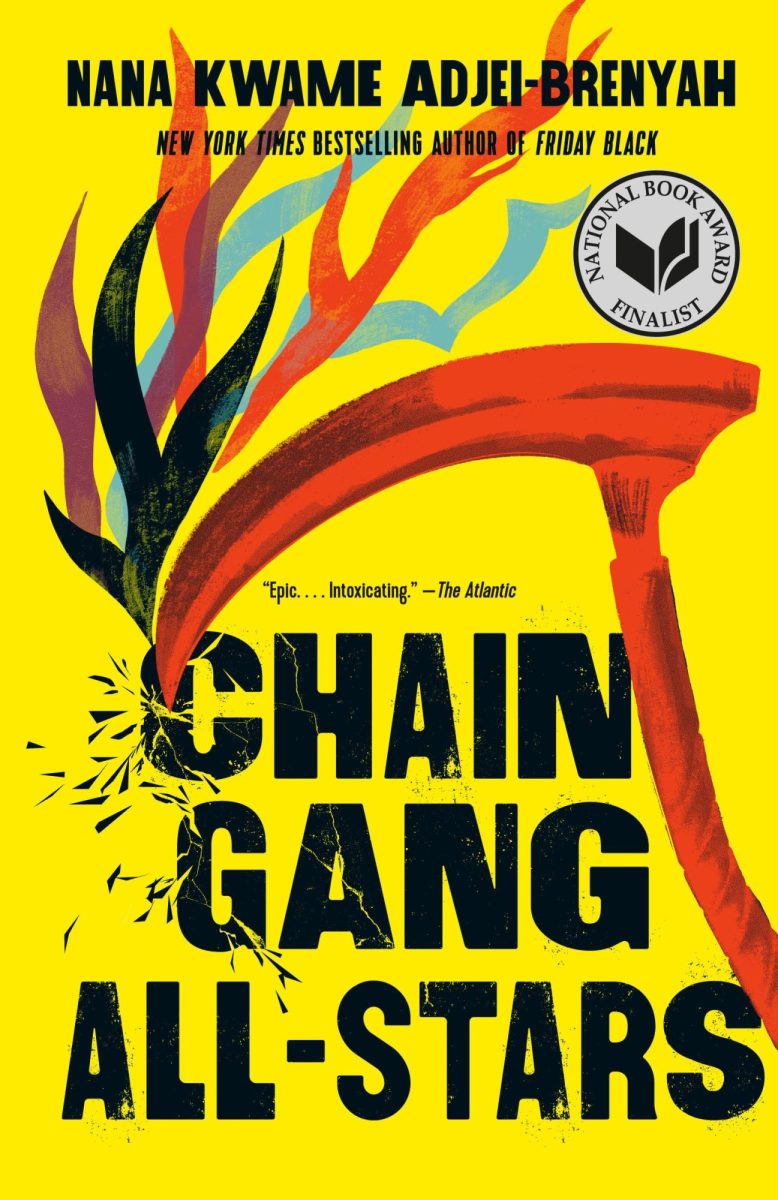Despite the over 1.5 million people across the United States who use American Sign Language (ASL) as their primary means of communication, the language has yet to be offered at many schools, including BHS. Ella Heverly, a junior at BHS and ASL Club president, is here to bridge that gap by providing students a space to learn ASL and foster a community of inclusivity.
Meeting every Thursday during the first half of lunch in S207, ASL Club hosts weekly lessons for all those interested in learning new things and communicating outside the barriers of spoken words.
“[ASL] is fun to learn and anyone can learn it,” Heverly said. “The pronunciation is easy –unlike French. Whatever I need to say, I can just say with my hands.”
Versed in sign language herself, Heverly employs her knowledge of what works as a student to create engaging lessons, becoming not only a club leader but a part-time language teacher.
“I basically set up a massive PowerPoint,” Heverly said. “It’s good to have visuals to break things down easier.”
Through both demonstrations, instruction and visuals, she builds off of skills learned by her club members in previous weeks, circling back to remind them of what they’ve covered.
“Repetition is pretty key, especially when learning a language,” Heverly said. “So it’s good to be able to know what I’ve taught and be able to refer to everything again.”
Having attended an ASL Club meeting myself, I can confidently say that though I initially came to take notes, I was easily distracted by the activities and general feeling of joy that carried throughout the room of eager club members.
“Everyone there is participating, but even if you just want to go and listen, you have people to hang out with,” ASL Club vice president Dorrie Jacobson said. “I feel like it’s a good group of people who are all really nice.”
Heverly’s passion for the language is evident in the way she conducts her meetings. Her enthusiasm and willingness to instruct, help and answer questions makes the space feel not only productive, but more lively and dynamic. This passion, in part, stems from the fact that sign language runs in her family.
Heverly’s grandmother, a deaf woman, immigrated to the United States long before Heverly was born.
“Having a disability and then on top of that being Asian in a new country was difficult,” Haverly said. “My mom was forced to learn English by herself because she didn’t have a parent to help her.”
Despite the unique challenges faced by immigrants and deaf people in our hearing world, Heverly and her family are proud to pass on the tradition of signing and the familial story attached to it.
“It’s fun to be able to share that because it’s not a very traditional immigration story,” Heverly said. “I’m really the only person I know who has deaf grandparents.”
Heverly’s efforts to integrate ASL within the local community are also motivated by her belief that anyone can benefit from learning to sign.
“I remember once at a ski resort being able to communicate with my mom across the room. Even with all the noise, I could still see her and tell her I wanted a hot dog or something,” Heverly said. “I think there are huge benefits to being able to talk with just your face and your hands.”
The ultimate purpose of clubs is to bring together those with shared interests and provide the activities school cannot. That’s why it’s necessary to create a space in any club where skills can be practiced in a meaningful way for leaders and members alike. Through her diligence in teaching and devotion to the preservation of sign language, Ella Heverly has provided that space.

